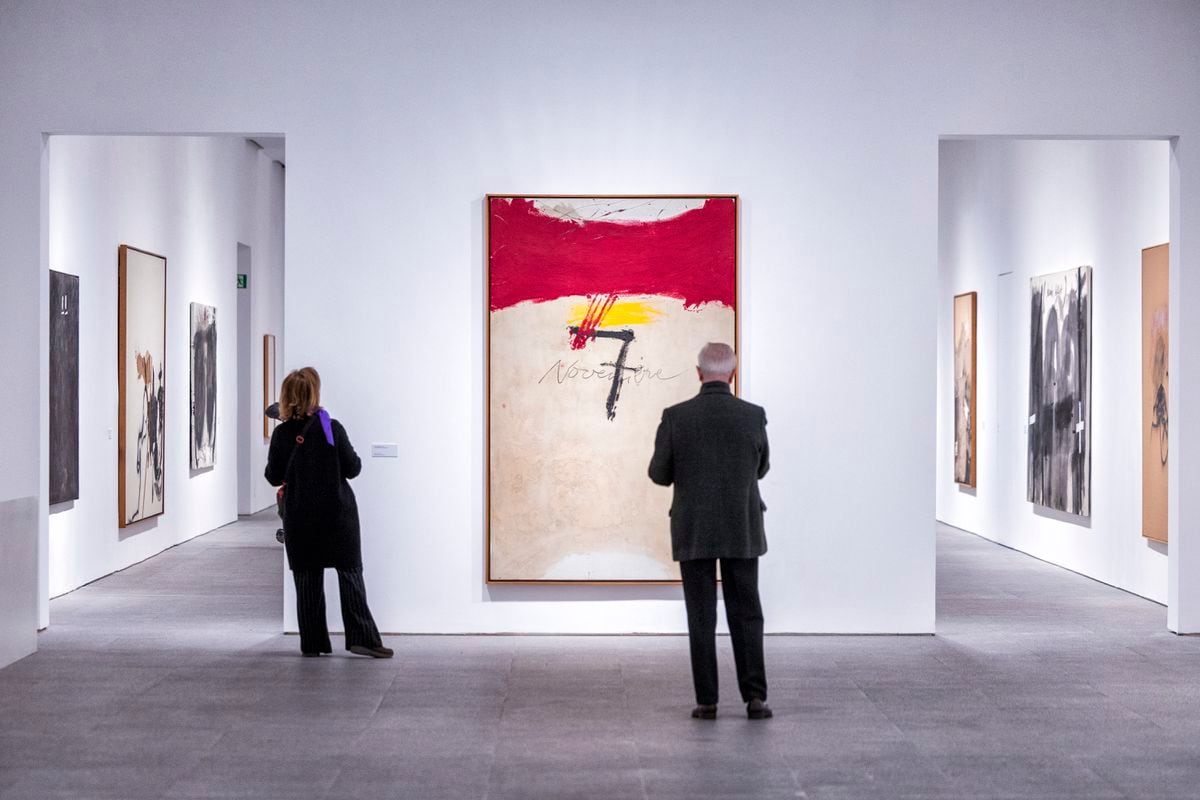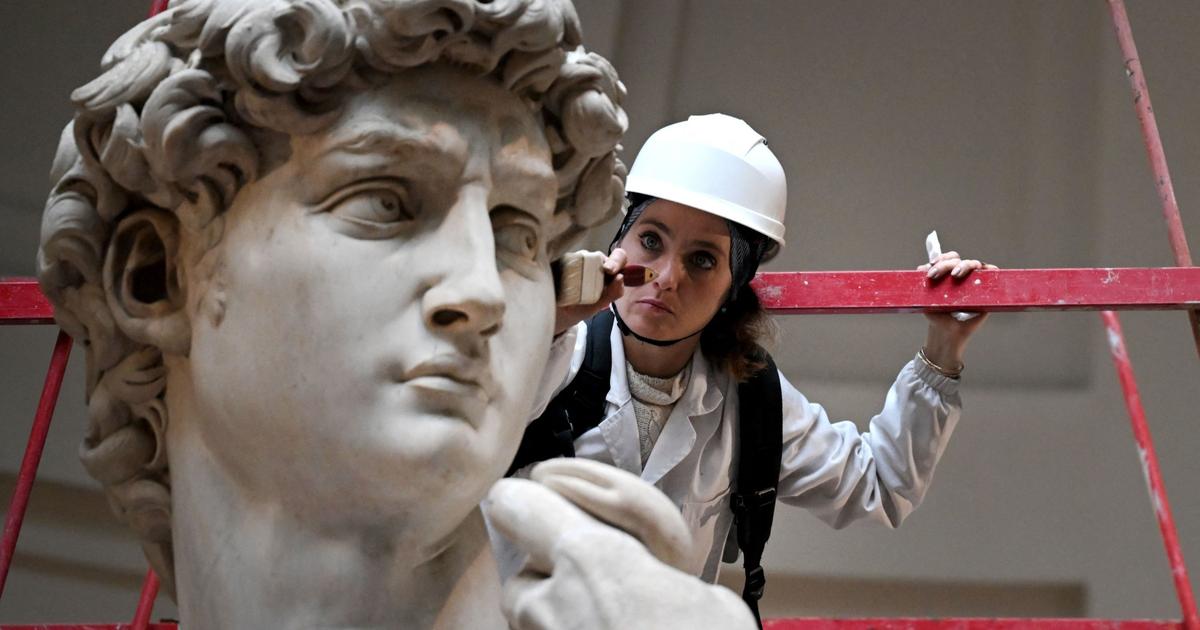It is difficult to accept the idea that a dust particle has extravagant behavior, but it is. When a mite chooses the nest, it propagates its "indeterminacy" (fecal matter) to other particles, superimposing them, opening and closing the way for them, increasingly limiting their gravitational field, which is not very different from the quantum world of mass dynamics or to the movement of an individual in a disco. The mite can resist the most powerful vacuum cleaner and its matriarchal communities last up to four times longer than the male ones because they have to breed their offspring, which after a while will dissolve in a diffuse drawing, the space between the past and the future. There is nothing reasonably "present" on that surface, unless we see a work of art on it.
The timeless world is that of astrophysicists and artists, because the world of events sleeps bored to death on the epitaph of revolution: “Gentlemen, the time of life is very short ... If we live, we live to trample on the kings ”(Shakespeare, Enrique IV ). For months, Marcel Duchamp let the dust collect on a glass plate . One day Man Ray showed up in his studio with his panoramic camera and took a long-exposure photograph of the panel, which was placed horizontally on trestles. The image of the dust crop looked like a pre-Columbian settlement, with its mysterious marks and bas-relief drawings. Shortly after his friend took the photograph - Élevage de poussière (1920) -, Duchamp affixed the motes to some filters with a varnish, removed the rest and took the panel to some mirror makers in Long Island for silvering. Then he inserted it in the lower part of the work that three years later became one of the most extraordinary enigmas of 20th century art: the Large Glass.
A similar process led the Irish duo James Plumb Studio to make their piece Stained Moons, which they installed in a magical location on the cliffs of Londonderry, between February 9 and 23 last. James Russell and Hannah Plumb had found a stack of glass in an abandoned greenhouse and quickly fantasized about a new destination for themselves. They observed that the irregular granular dance of the particles on the transparencies was very similar to that of photographic processes, with their fossilized, pointillist intervals, like a painting by Seurat. What drawing of nature could those dust chronographs hide? They were cleaned one by one with the care of someone who restores a gothic carving, leaving intact a large circle in the center. They overlapped the plates, organizing them into groups, and then lit them with overhead projectors on sheets of paper. From the various combinations of the dirt deposits projected by the magic lanterns came the eight moon phases, which were finally hung inside a circular building from the 18th century, the Mussenden Temple, a disused library on the edge of the Atlantic, forming a environment as real and mathematical as sublime.
Time is in the footsteps of Neil Armstrong on the moon dust and in the tireless sculptor that Marguerite Yourcenar described perched on Achilles' knee "where all the speed of the race resides (...) and in one sex we recognize the way of flower or fruit ”. Because life is wondering about the grammar of time, we find the past so different from the future. In her spontaneous choreographies of bodies of all ages, Yvonne Rainer ( The Concept of Dust , 2015) sees stories of nostalgia, expiration, and destiny. Stan Brakhage synchronized in Tortured Dust (1984) the three most difficult years of his life, which, ultimately, is what lasted the family decadence, with the emancipation of his children and a divorce, in an undoing and returning to resemble the From the stones of the Greek gods that degrade without agony, since warts are born from their faces that are seashells and moss appears from their white curls. And in the Twin Towers disaster, which destroyed her studio in front of the south tower, Elena del Rivero sees the abstract emotion of suffering, the voice and the words of those who are no longer there ( The Dust File, 2019).
Elementary particles, how many gravity and mites do not inhabit space but are space itself. Its existence depends on interaction. It is what makes them happen and that we have a unique point of view about them: where some see the finger that removes dust from a piece of furniture, others look at the moon.






/cloudfront-eu-central-1.images.arcpublishing.com/prisa/INBQUFLMVRG3XDWHTRA7VLCYRI.jpg)


